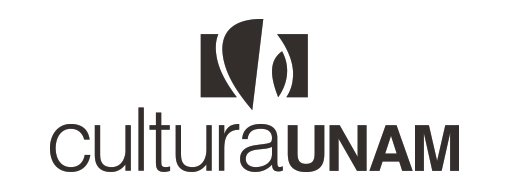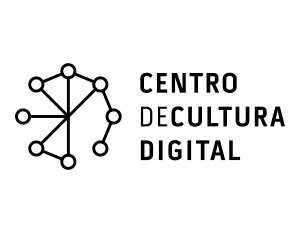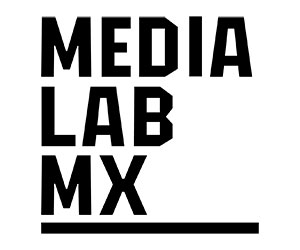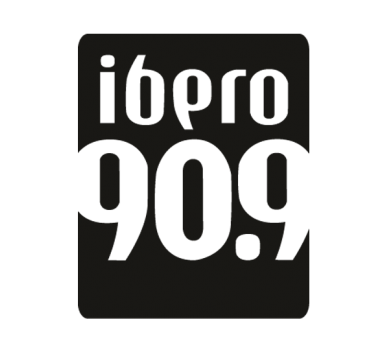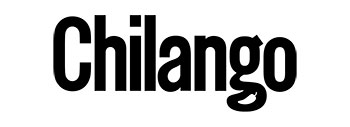Public voice
Dora Bartilotti
Voice is body. But not just an embodied, sonorous prolongation. Through the voice, the body seeks its own reflection, a sense of its folding and unfolding, its capacity to feel joy and pain. Voice is a word that, in its own way, is also a text. And here, something fundamental happens that must be kept in mind: "text" and "textile" share a common historical origin. Both words come from the verb texer, which means to weave, to braid, to intertwine.
In its own way, Public Voice entirely fulfills the principle of transferring and interlinking text and textile in an exponential fashion by braiding together the voices of many women who have become a single collective body, one that has materialized in shared spaces where scrap after scrap is cut out, embroidered, and rejoined until giving rise to a textile that undertakes its mission of caring for the body in a germinal sense: by swaddling, outlining, suggesting, and making it visible.
Dora Bartilotti parts from myriad possibilities in which the material nature of both text and body are combined and recombined. She seeks to reinsert the body in transgressive, challenging ways within the urban arena.
Public Voice is testimony, trail, map, and manifesto. It is border and decision. It is not only the body of a woman, but a collective body composed of the words of many women; the threading and unthreading of many women who cry out all together to say that we are alive. That our desire is to rewrite how we occupy our space, our city.
Public Voice is a threaded text, a pattern reinforced through production and connection, through reproduction and wiring. The technology of the artist and all the women who collaborate with her is not just about needle and thread; it is a technology of coming together, a weapon as powerful as it is amorous. One that brings us back to the vibrant voice of collectivity.
Mónica Nepote
Dora Bartilotti (Veracruz, 1988)
Estudió Diseño y Comunicación Visual en la Facultad de Artes y Diseño (FAD) de la UNAM, con especialidad en Audiovisual y Multimedia. Actualmente reside y desarrolla sus proyectos en la Ciudad de México. Su trabajo busca generar diálogos críticos entre el arte, el diseño, la pedagogía y la tecnología. Sus procesos se tejen a través de diversas prácticas de participación y convivencia. Actualmente explora las materialidades del textil y la electrónica como medios tácticos para el activismo feminista y la acción colectiva. Desde 2017 es parte de Medialabmx, proyecto cuyo objetivo es la investigación y el desarrollo de los vínculos entre arte, tecnología y política. Fue cofundadora de BINARIO: Festival Internacional de Arte, Diseño y Cultura de los Nuevos Medios (2011-2015) y del colectivo de performance audiovisual #FFFF (2011-2014). Durante 2016 y 2017 fue parte del área de Investigación Educativa en Fundación Alumnos, organización de arte contemporáneo.
Su trabajo ha sido presentado en México, Canadá, Brasil y Colombia, en diversos espacios, entre los que cabe resaltar: FILE Electronic Language International Festival, Laboratorio Arte Alameda, Museo Franz Mayer, Centro Cultural España, Centro Multimedia, Centro de Cultura Digital, Mutek México, Mutek Montreal y Platohedro. Ha sido beneficiaria de apoyos y programas como: Patronato de Arte Contemporáneo (México, 2020), Residencia artística del Laboratorio de Inmersión BBVA-CCD (México, 2019), Residencias Artísticas en el extranjero del FONCA (Medellín, 2018), residencia virtual FemTek HIka Ateneo (Bilbao, 2018), Selección FILE – Electronic Language International Festival (Brasil, 2016) y premio Somos Creadores, de Chrysler 200, categoría Artes electrónicas (México, 2015), por mencionar algunos.
Actualmente desarrolla Costurero electrónico, programa pedagógico de arte contemporáneo y encuentro tecnofeminista. Como parte de Medialabmx colabora en SUS_NET, proyecto de activismo tecnológico en Latinoamérica apoyado por la Universidad de Leeds, Reino Unido. Es beneficiaria del programa Jóvenes Creadores 2020-2021.
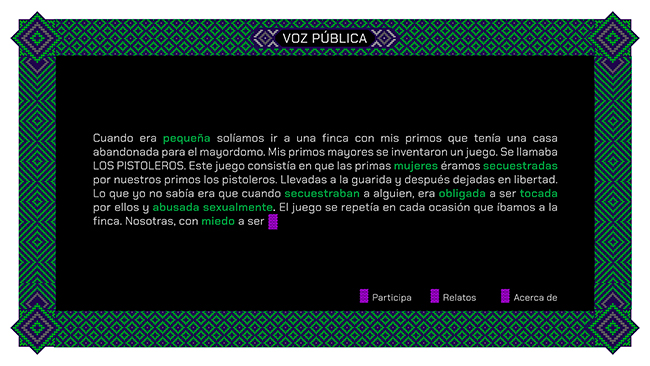
Dora Bartilotti. Plataforma de participación en línea http://www.vozpublica.cc Cortesía de la artista.
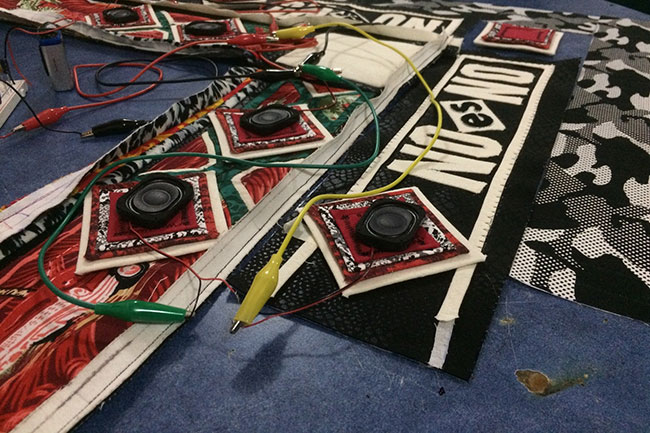
Procesos de diseño y fabricación del Textil electrónico, 2019. Electrónica artesanal, bocinas, hilo de algodón e hilo conductivo. Cortesía de la artista.Dora Bartilotti. Procesos de diseño y fabricación del Textil electrónico, 2019. Electrónica artesanal, bocinas, hilo de algodón e hilo conductivo. Cortesía de la artista.
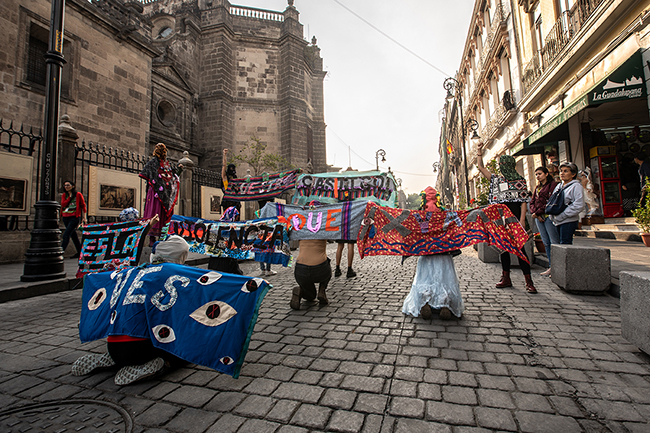
5ta acción colectiva de La Rebelión Textil, realizada en el Centro Histórico, CDMX. Marzo 2020. Acción en colaboración con el CCEMX en el marco de actividades del Día de la mujer. Fotografía de Hugo Chamorro
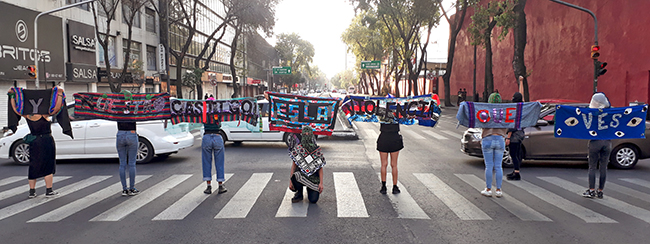
4ta acción colectiva de La Rebelión Textil, realizada en el Centro Histórico, CDMX. Febrero 2020. Fotografía de Leonardo Aranda
